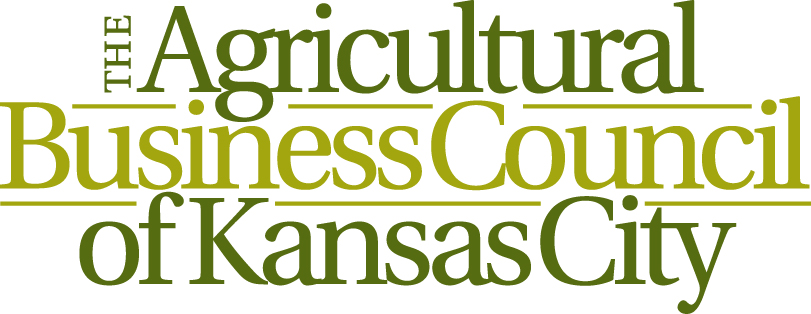Livestock Traceability Brings Value to the Supply Chain
/For the first time in 14 months, the Agricultural Business Council of Kansas City convened its June meeting in-person, on-site, at one of the group’s favorite dining rooms, the Grand Street Café on the Plaza. And, for perhaps the first time, experts on livestock traceability were able to tout the inroads cattle disease traceability has made, especially in the last year.
The industry has an extraordinary opportunity to change the paradigm as it relates to disease traceability, said Callahan Grund, executive director, U.S. CattleTrace. A couple of months ago, Grund noted the coronavirus pandemic clearly illustrated the need for disease traceability systems to protect the global food supply and food animal producers’ livelihoods. He told Council members traceability was taking off like wildfire. “Traceability became a household word with COVID-19,” he said. “When I talked to producers, it used to be a challenge to explain what exactly a contact tracing system was,” Grund said. “Now it has become a part of our daily vocabulary.”
Matt Teagarden, CEO, Kansas Livestock Association – which has played a leading role in promoting traceability over the years – moderated the panel that included Chelsea Good, vice president of Government & Industry Affairs, Livestock Marketing Association. She stressed the need for ultra-high frequency technology to track cattle movement. Livestock marketing, Good explained, can best be described as local auctioning – where the volume of cattle coming into the auction hall is heavy and cows sell quickly. “In 15 seconds,” she said.
In his remarks, panel speaker Dr. Glen Dolezal, vice president for Protein at Cargill, suggested that as traceability becomes a routine aspect of cattle production it is still better that it be implemented voluntarily by producers rather than as a government directive.
The agriculture industry has constantly been labeled as a reactive industry, noted Grund. ”However, I do think over the course of the past few years we have taken major strides toward being proactive.” Besides traceability, he pointed to other examples of positive actions taken by the industry – like working to properly label cell-cultured meats. “But there is still work to be done.”
For the record: U.S. CattleTrace utilizes ear tags that contain radio frequency identification (RFID) technologies to collect the minimal data necessary, including an individual animal identification number, a GPS location, and date and time. This information is used to track animals in the event of a disease outbreak and allows tracking of the animal from location of birth and to each location they travel prior to reaching a processor for harvest. An electronic chip within the tag interacts with the radio frequency emitted by the reader. Though the tags are electronic, they are not battery operated, meaning they can last the lifetime of the animal.


